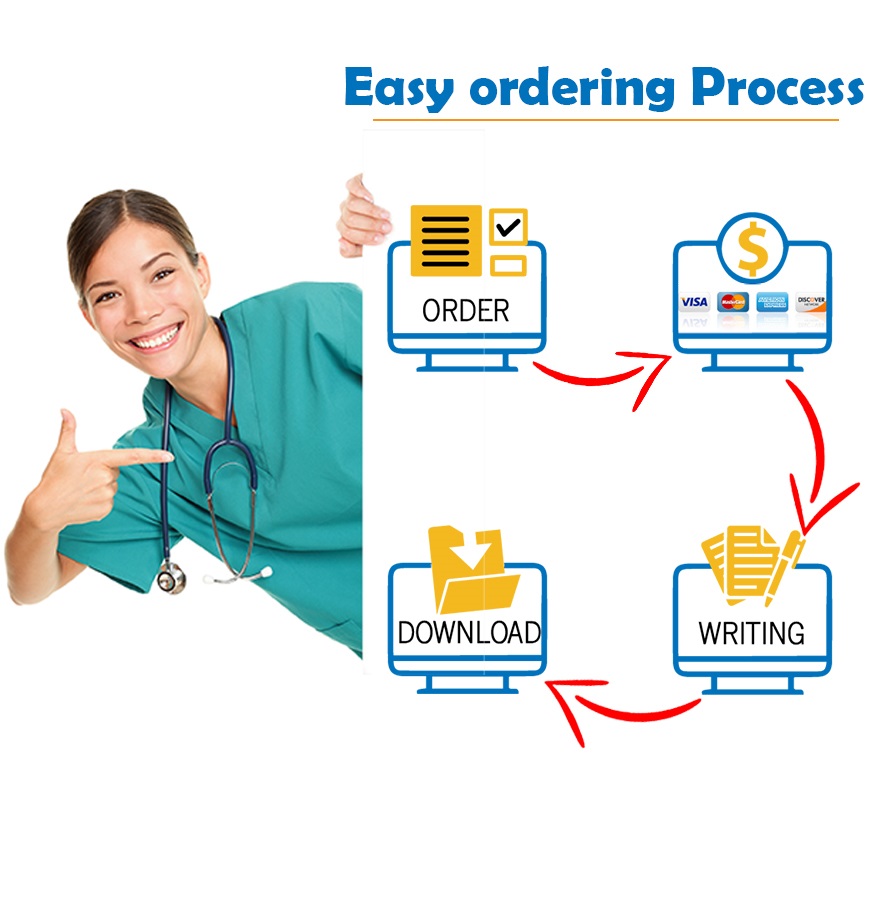GOVERNMENT ECONOMIC INTERVENTIONS
Topic and Thesis Statement—choose one of the following as your Thesis Statement:
THESIS STATEMENT 1. From the late 1800s to the end of the 1930s, increasing government interventions and regulations of business tended to help the overall economy and the common workers.
THESIS STATEMENT 2. From the late 1800s to the end of the 1930s, increasing government interventions and regulations of business tended to hurt the overall economy and the common workers.
- Plan to make that thesis statement the last sentence in your introductory paragraph. The general subject is GOVERNMENT ECONOMIC INTERVENTIONS and regulations in that period of history. You may moderate the wording slightly to fit more precisely the position you wish to take. This is NOT a simple statement of a topic; it is a statement of a position you are taking about that topic. p.s.—Valid arguments and “A” papers can be made with either thesis. So, you choose the one you think is the stronger position.
After giving general consideration to your readings so far and any research (using sources listed on this sheet), select one of the positions above as your position—your thesis.Organize your paper as follows, handling these issues with this FOUR-PART organization (see TEMPLATE also):
- Part One—one paragraph. INTRODUCTION AND THESIS STATEMENT. The position you choose will be the thesis statement in your opening paragraph; make it the last sentence of the paragraph.
- Part Two—two paragraphs normally. FOUR EXAMPLES. To support your thesis, use four specific examples from different decades between 1865 and 1940. However, one of your four examples must be from the 1930s. The examples should be specific and clearly support your thesis. These should be examples of actual government intervention (not just the hope for it). In these paragraphs one generally must have in-text citations to support your specific examples and to show where the information was found. Spread out the examples—different decades. Make the examples SPECIFIC. The FORMAT SAMPLE paper can also help on this part.
- Part Three—one paragraph normally. DEALING WITH THE OPPOSING VIEW. The opposing view is the thesis statement you did NOT choose. Identify the opposing view and explain why the opposing view is weak in comparison to yours. No new research needed; just one paragraph of critical thinking suggesting why your thesis/position is stronger than that different view. Approach it this way: You adopted a thesis statement. The opposing view is the thesis statement you did NOT adopt. You might start this paragraph by saying “Some may disagree with my thesis and argue that ——- .” THEN—you spend 3 or 4 sentences giving a reasoned argument why your thesis is stronger than the opposing view.
- Part Four—one paragraph: LEGACY TODAY AND CONCLUSION: Consider your life and work today in relation to issues of government involvement and regulation of business and the economy. Also consider your major. Many of these types of government economic programs, laws, and regulations from this period (late 1800s to the 1930s) became a normative part of our economic structure. In what way does the history you have shown shape or impact issues in your workplace or desired profession? This will work as the conclusion paragraph. Be succinct. Keep your thesis statement in mind. The FORMAT SAMPLE paper has good suggestions for this part also.
After the fourth part concluding the paper, be sure you have the numbered list of sources at the end. And be sure each source listed is also used and cited clearly in the body of the paper. The FORMAT SAMPLE paper illustrates this.
Length: The paper should be 500-to-750 words in length. 500 is a minimum. 750 is a guideline as a maximum. This word-count does not include any title page or sources list.
Research and References: You must use a MINIMUM of three sources; the Schultz textbook must be one of them. Your other two sources must be drawn from the list provided below on this instruction sheet. This is guided research, not Googling.
Source list for Assignment 2: Most primary sources listed below can be accessed via direct link on the list. For others on the list, they are accessible through the permalink at the end of the source entry. Those sources (listed below) have as part of the URL—this is the permalink to that source in our university’s online library. (The link takes you to the library log-in; you then log in, and then the source appears for you right away). Each source below is shown in SWS form, so if you use it, you may easily copy the entire entry onto your paper’s sources list. (On a paper, never list an item as URL link only.)
SWS Form for the textbook:
Kevin M. Schultz. 2018. HIST: Volume 2: U.S. History since 1865. 5th ed.
Choose sources relevant to the topic government economic interventions and the position you are taking:
S. Gompers. 1914. The American Labor Movement: Its Makeup, Achievements, and Aspirations. http://wwphs.sharpschool.com/UserFiles/Servers/Server_10640642/File/bugge/Chapter%2021/Gompers.pdf
R. La Follette. 1924. La Follette’s Progressive Platform. http://college.cengage.com/history/wadsworth_9781133309888/unprotected/ps/follette.html
H. D. Lloyd. June, 1884. The Lords of Industry from North American Review, 331. In Modern History Sourcebook. https://sourcebooks.fordham.edu/mod/1884hdlloyd.asp
Populist Party Platform. 1896.
Kevin M. Schultz. 2018. HIST: Volume 2: U.S. History since 1865. 5th ed.
Upton Sinclair. 1906. Attack on the Meatpackers.
L. Steffens. 1904. The Shame of the Cities.
F. W. Taylor. 1911. The Principles of Scientific Management.
J. Whitaker. 1871. The Impact of the Factory on Worker Health. Retrieved from
"Looking for a Similar Assignment? Order now and Get 10% Discount! Use Code "GET10" in your order"



